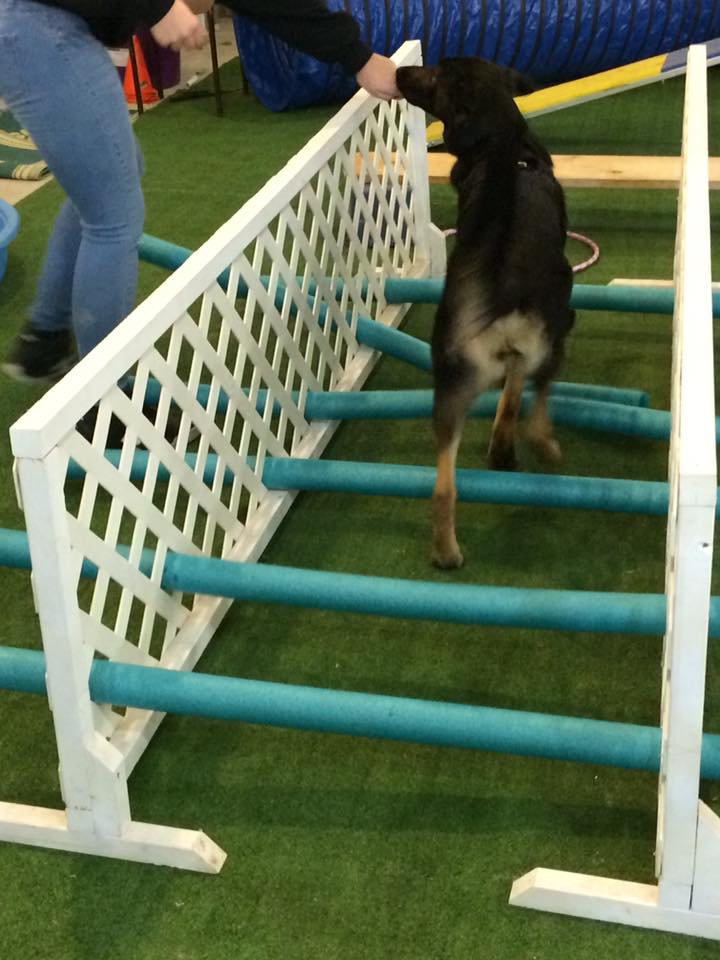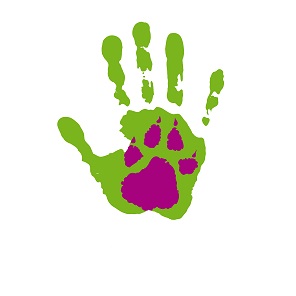Classical Conditioning: Reinforcing Bad Behavior or Changing Behavior?

Canine Behavior Consultants will tell you that the best tool for changing dogs behavior is classical conditioning. Operant conditioning is good, but not that strong. But when people are told to reinforce their dog for doing something wrong they panic. So, let’s set some ground rules.
The Goals and Objectives of any Classical Conditioning Program
- To make your dog more cognitive
- To teach your dog coping skills
- Once your dog can think (cognitive) and has stress coping skills, then it can learn to handle its emotions.
- Once a dog can handle its emotions then it can handle its reactions.
If you don’t work towards all goals then a) your program will take a year or more to see change and b) you may actually make your dog worse.
Top 10 Rules of Canine Classical Conditioning
- It is only used for emotions. When there is nothing dangerous in the area and your dog acts like a character from a horror movie just walked into your house, or turned the corner on a walk.
- It is only used on dogs that have not ‘bitten with intent to cause harm’. If your dog falls into this category then you need to be working with a professional.
- It is only for changing a behavior – NOT for training a trick or task. The positive only owners, and some clicker trainers will like to tell you otherwise. The fact is, when classical conditioning is done right the dog is reinforced every time.
- The reinforcer (treat, tug, toy, touch) is given every time – Every Single Time! It doesn’t matter if your dog is going cujo. If your dog can eat a treat then it gets one.
- If your dog cannot eat a treat, STOP. Your dog is too stressed (over threshold) and you are doing more damage than good.
- Only work your dog when it is calm, when you are calm, and when you are in a controlled environment. If your dog barks at dogs when on a walk then ‘DON’T’ take it for a walk to ‘set up’ a situation.
- Don’t jump to the biggest trigger first. Start with something simple. If your dog is afraid of men wearing hats then start with a man with no hat. Like ‘loading the clicker’ the results will happen faster if your dog has already created ‘coping skills’ to use to help it deal with its fear/stress reaction.
- Practice for 1 minute, 10x day. If you cannot do this then join a reactive dog class – this therapy is not for you.
- Consistency is the key. Yes, I know what you are going to say. “My dog is getting worse.” That is okay. Just keep doing the therapy, it will work.
- Don’t stop. It doesn’t matter whether your dog starts behaving better. Don’t stop. It doesn’t matter if your dog is getting more ‘drama’. Don’t stop. It doesn’t matter whether you have been practicing for 2 weeks, 2 months, 2 years – don’t stop.
Before You Get Started: Canine Assessment
I
If your dog ‘wants’ to hurt another dog then you need to move very slow.
“It didn’t Work!” 2 Step Back Rule
Therapy for a reactive dog is a journey, it is not a destination. You are not a professional. You will make mistakes. So, when you do make a mistake, push your dog too fast, take your dog too near the trigger, then ‘take 2 steps back.’
This doesn’t mean to physically move back 2 paces, but move 2 steps back in your protocol. Let’s say you are doing Karen Overall’s Calming Protocol. Your dog can make it to day 8, then fails. In our method you would try day 8 again. If your dog fails again, then move back to day 6.
In classical conditioning we use ‘barriers’ between the dog and the trigger. Your dog is good with men. Your dog is good with hats. Your dog is good with men holding hats. Your dog is good with men sitting in a chair, 20’ away, with a hat on. (NO do not move closer to see where his threshold is!).
Tomorrow you bring the dog out and the dog moves a 3’ feet closer – great. Five days later your dog moves another 3’. Two days later your dog moves 2’ closer but continually looks at the man, is distracted, spins a few times. At this stage we move back to the 2’ gained today, and the 3’ gained the other day. If your dog is still showing stress, you move 2 days more.
Don’t worry if you move all the way back to step one. Your dog is learning ‘coping skills’. If you let your dog swing back and forth on its own, then you will see success sooner.
Step #2 Canine Coping Skills Building
In our center the average dog is good in 3 – 5 weeks. About 50% of the rest of the dogs are good
in 8 – 20 weeks. About 1 in 20 dogs take a year for a complete emotional change. (These are based on our numbers, and only on the dogs that didn’t quit.
So, your dog will now walk up cautiously to men with hats, sitting in your house. Your dog will ‘hold it together’ while men in hats appear when you are on a walk. Stop here. Stay at this place for 2 months. Write it on your calendar. Give your dog time to learn to relax.
In this time we want you to build confidence and strengthen those coping skills. I have a list of things I ask people to do – daily.
- Tellington touch
- Play an ‘engaged’ game like tug, or follow me through an obstacle course. (you can make one in the back yard using stuff around the house)
- Teach a new trick/task each week
- Teach a ‘long’ down stay
- Use the reactive exercises on everything that causes the dog to become over aroused: door bells, the mail man, you waking up in the morning, the treat bag opening, picking up the leash to go for a walk, getting in the car, etc.
- Don’t go for walks. Instead, go to a quiet park and play with your dog, then go home.
- Change the dog’s environment every 2 – 3 days. Take your dog somewhere new, that is not scary.
- Start raising your dog’s frustration tolerance threshold ‘With a Professional
- Start Teaching ‘calming’ protocols and make them a part of your dog’s daily routine.
Behavior Recovery
The important thing to remember is that this is not a quick fix. You are changing your dog’s lifestyle, and your expectations. If you feel that you are going to ‘go back’ to the lifestyle/methods that caused the problem than classical conditioning is not for you. 
In Applied Behavior Modification Recovery means to return to the prior behavior. In dog training we call this ‘fading’. A dog’s emotions are not stagnant. They are either continually becoming calmer and more confident, or the dog is returning to survival mode (reactive).
Disclaimer
This is not our entire Behavioral Modification Therapy Methodology. It is not meant to be. It is only meant to give you an ideal of how a Classical Conditioning program works, and why your attempts may have failed. If you would like to discuss this more then please send me an email.

